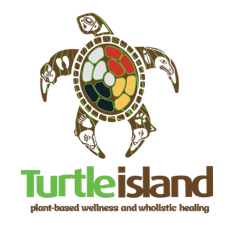This article was originally published on National Post, an independent and nonprofit source of news, analysis and commentary from academic experts. Disclosure information is available on the original site.
——
Authors: Justin Safayeni, Adjunct Professor in Administrative Law, York University, Canada and Nader R. Hasan, Adjunct professor, U of T Faculty of Law, University of Toronto
In July, the Supreme Court of Canada released two major decisions on the Crown’s duty to consult and accommodate Indigenous peoples. Those decisions provide important guidance that can help to ensure Indigenous peoples’ constitutional rights are better recognized and respected moving forward.
The principles set out in the two Supreme Court cases — Clyde River (Hamlet) v. Petroleum Geo-Services Inc. and Chippewas of the Thames First Nation v. Enbridge Pipelines Inc. — will help define what adequate consultation and accommodation now requires, and the responsibilities of various government decision-makers in fulfilling and evaluating whether the duty to consult has been met.
Let’s be clear: the Clyde River and Chippewas decisions are not a cure-all for Indigenous peoples’ struggle to have their constitutional rights respected in regulatory decision-making. But if the lessons from these Supreme Court decisions are heeded, they will help advance that struggle.
Both Supreme Court decisions involved the review of project approvals by the National Energy Board (NEB). In Clyde River, the Supreme Court overturned an NEB order authorizing seismic testing for oil and gas deposits in the waters off the coast of Baffin Island, where the Inuit of Clyde River have a treaty right to hunt and harvest marine mammals.
In Chippewas, the NEB approved an application to modify Enbridge’s Line 9 pipeline, which crosses the traditional territory of the Chippewas, by reversing the flow of part of the pipeline, increasing its capacity and enabling it to carry heavy crude oil. The Supreme Court dismissed the Chippewas’ legal challenge to stop the project.
Guidance on what “deep consultation” requires
Although the Clyde River and Chippewas rulings both specifically concerned the NEB’s actions, their consequences extend more broadly to every kind of government decision-making or regulatory approval process.
Part of the importance of the Clyde River decision stems from the fact that it is the first Supreme Court case to consider whether a regulatory process meets a duty of consultation at the “deep” end of the consultation spectrum described in Haida Nation v. British Columbia — that is, where the Indigenous peoples’ claim to the right is strong (e.g. treaty rights) and the potential harm to that right is severe (e.g. irreparable harm to marine mammals).
Given this duty of deep consultation, the court concluded that the process in Clyde River was “significantly flawed” for several reasons, among them the fact that although the NEB considered the environmental effects of the proposed seismic testing, it failed to take into account the impact of that testing on the Inuit’s treaty rights.
As the court put it, the Inuit’s rights were “an afterthought to the assessment of environmental concerns.”
Second, the Crown failed to make clear that it was relying on the NEB’s process to fulfil its duty to consult in Clyde River, and failed to explain the significance of that process to the Inuit.
Further, there were no oral hearings. No funding to the Inuit of Clyde River. No written explanations of how the Inuit’s rights were considered. No meaningful ability to submit scientific evidence, and no ability to test the project proponents’ scientific evidence.
It is noteworthy that the Court cited and re-affirmed the process in the 2004 Taku River Tlingit First Nation v. British Columbia — a case where the affected Indigenous groups not only received what’s known as participant funding, but participated as part of the committee that was the driving force in the assessment process.
In a strong signal of the kind of process that may now be necessary in these cases, the Supreme Court ruled in its Clyde River decision that “procedural protections characteristic of an adversarial process… may be required for meaningful consultation.”
While it’s clear all future cases will be assessed on their own unique facts, the Supreme Court is making clear it takes a far more robust view of consultation than some lower courts across the country.
So what are the key practical lessons for Indigenous consultation, following these landmark rulings?
1. Participant funding
One major point of distinction between Clyde River and Chippewas was that the appellants in Chippewas case received participant funding from the NEB, while the Clyde River appellants did not. Without that funding, the Inuit were unable to retain counsel or properly address the scientific evidence on seismic testing — and this was one reason that the consultation in Clyde River was found to be inadequate.
Indigenous groups impacted by resource projects should always request participant funding in order to ensure their interests are properly represented in the regulatory approvals process.
The need for funding is even more acute if the case requires putting forward complex scientific or expert evidence. Even if such requests for funding are ultimately unsuccessful, the fact that they were made strengthens the record for an appeal or judicial review.
2. Understanding and designing the consultation process
The court’s decision to single out Taku River as an example of adequate consultation is an important reminder that Indigenous groups can — and should — demand a greater say in actually designing or driving the consultation process.
The court’s decisions in Clyde River and Chippewas also required the Crown to determine whether an existing regulatory process meets its duty to consult and accommodate. Nailing down what is being offered as consultation will allow for Indigenous peoples to make more educated decisions about whether to participate in that process, and what kinds of requests may be made in terms of additional consultation efforts.
Indigenous peoples should go on record with any demands for additional consultation or accommodation, and make them known as early as possible. The court has provided a list of potential ways that the Crown can improve the consultation process, including making legislative or regulatory amendments, and/or making submissions to the decision-making body.
3. Participate, but make objections & concerns known
Demand a better regulatory process while participating in that same process. Now that bodies like the NEB must also assess the adequacy of consultation and accommodation, it’s critical for affected Indigenous groups to communicate any concerns on these issues to the regulatory agency or tribunal and to avoid raising them for the first time on appeal or judicial review.
At a more fundamental level, for the promise of the Clyde River decision to be fulfilled the regulatory process must function in a fair manner that fully respects Indigenous rights. At the moment, it does not. Indeed, there is a widespread acknowledgment — among Indigenous leaders, environmentalists and the government itself — that the current NEB and Environmental Assessment (EA) processes are broken.
The federal government commissioned two expert panels to recommend changes to the NEB and EA processes. Those expert panels have recommended overhauling these processes and replacing them with a regulatory process that fully takes into account Indigenous rights and incorporates the principle of free, prior and informed consent.
Indigenous peoples now have the opportunity to familiarize themselves with those recommendations and demand meaningful reform.
——
Sources: https://nationalpost-com.cdn.ampproject.org/c/nationalpost.com/pmn/news-pmn/lessons-from-supreme-court-decisions-on-indigenous-consultation/amp


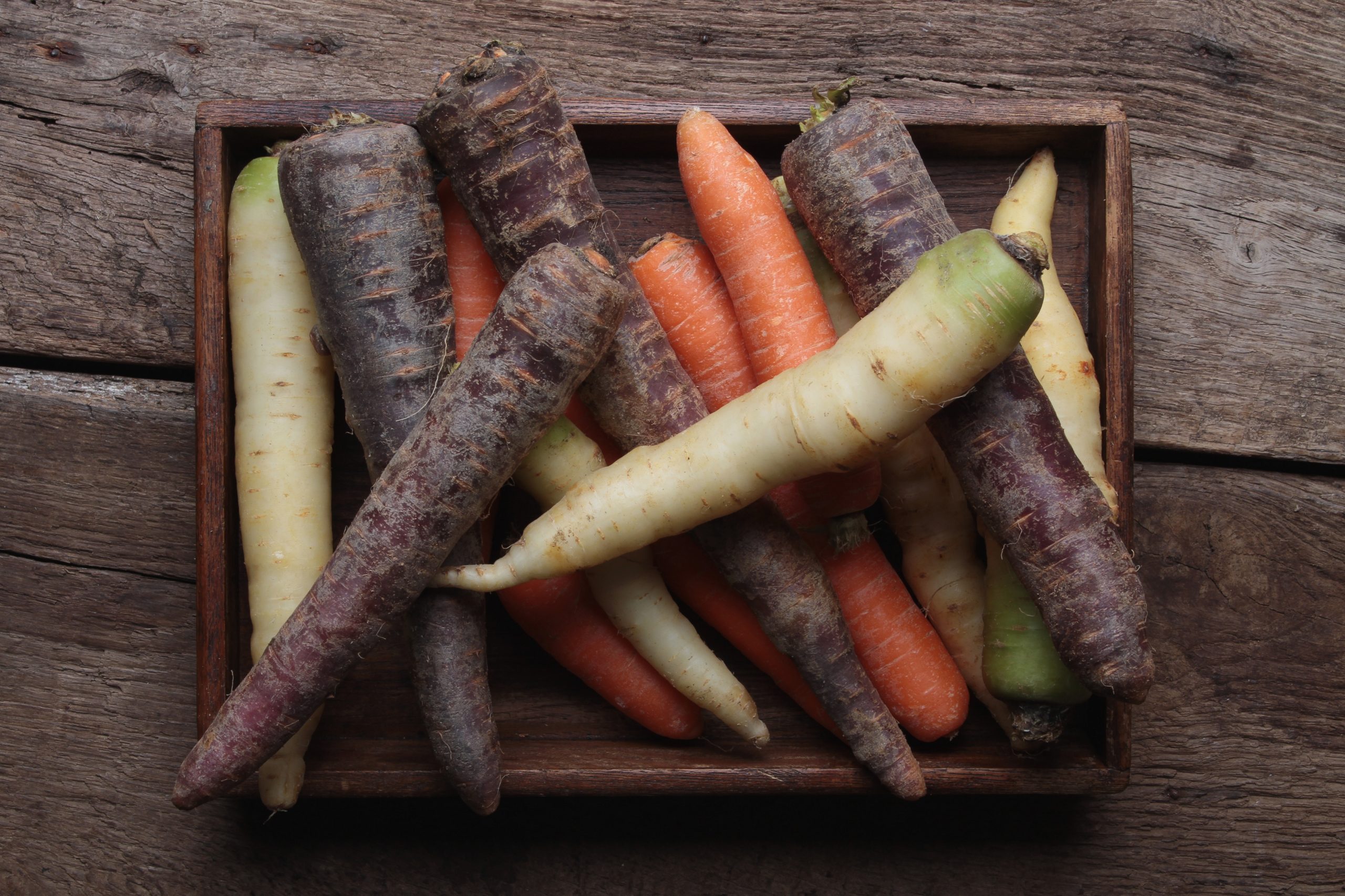
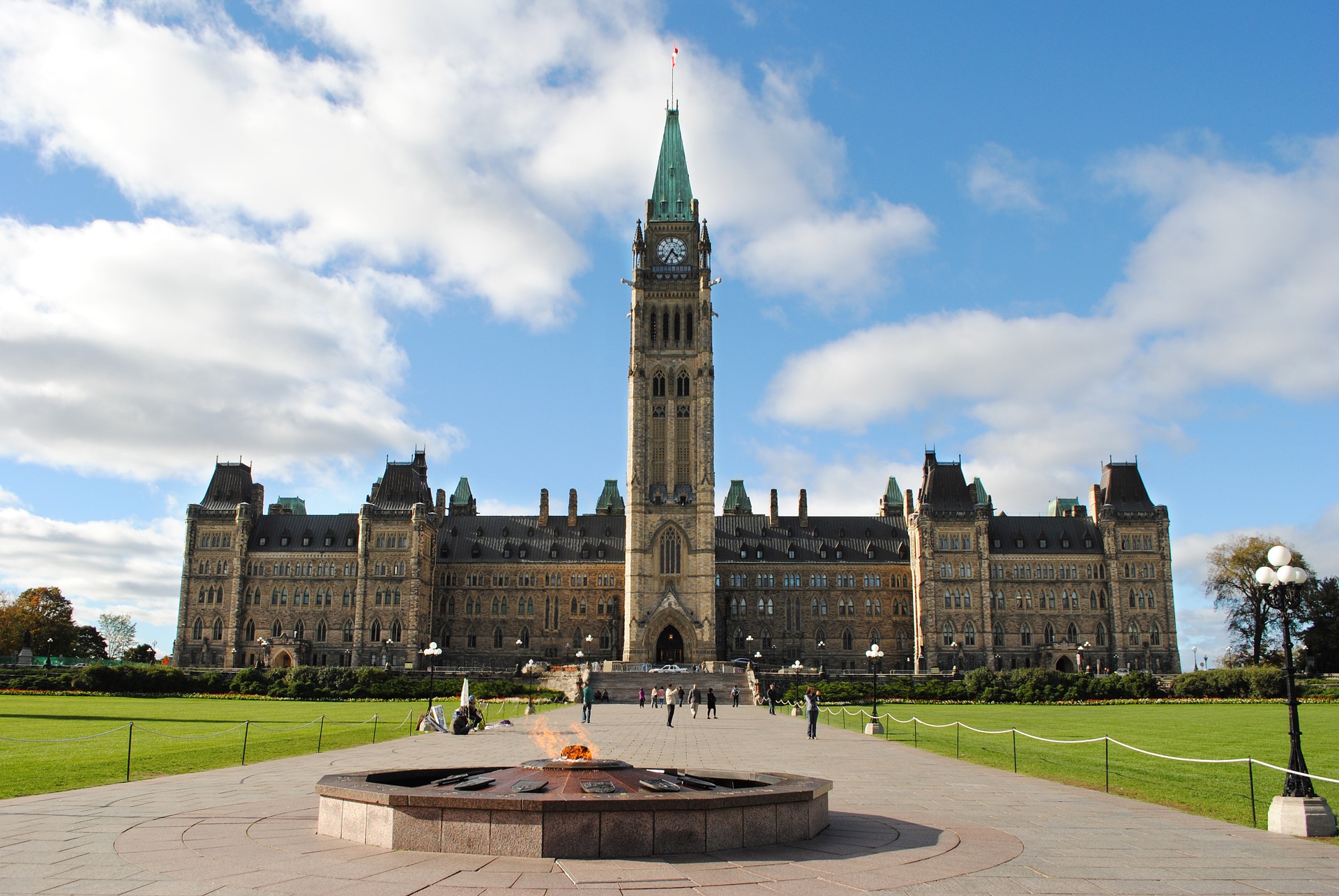
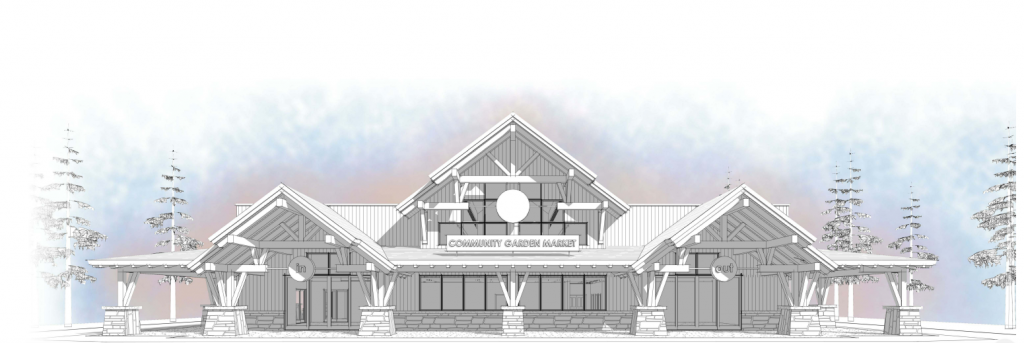

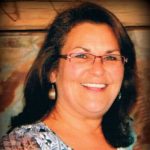


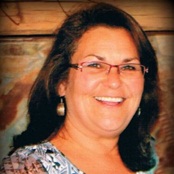 Dawn Tabobondung
Dawn Tabobondung

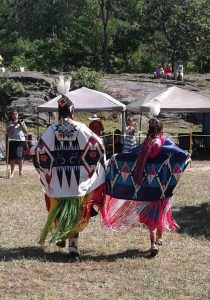
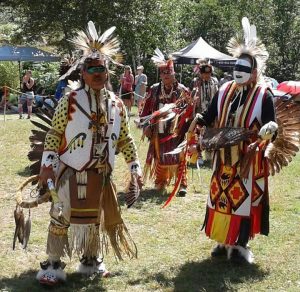

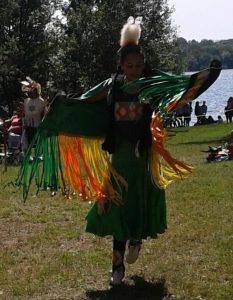
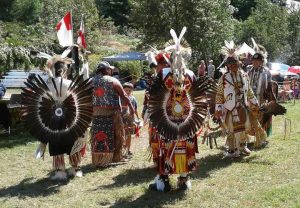
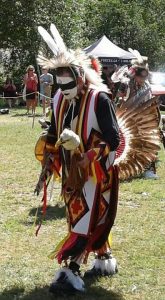


 Serpent River. Saddle Lake. George Gordon. Kashechewan. The list goes on and on. It is time to stop the next drinking water crisis from ever starting.
Serpent River. Saddle Lake. George Gordon. Kashechewan. The list goes on and on. It is time to stop the next drinking water crisis from ever starting. 

 Welcome back!
Welcome back!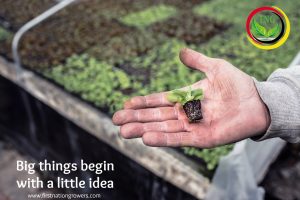 FNG is addressing important Indigenous daily health and community nutritional needs in providing an environmentally friendly, financially viable and sustainable, attractive, cold, climate, year round, indoor fresh foods growing solution for every indigenous community, living in our more remote sub-zero, time restricted, growth unfriendly, geographical locations.
FNG is addressing important Indigenous daily health and community nutritional needs in providing an environmentally friendly, financially viable and sustainable, attractive, cold, climate, year round, indoor fresh foods growing solution for every indigenous community, living in our more remote sub-zero, time restricted, growth unfriendly, geographical locations.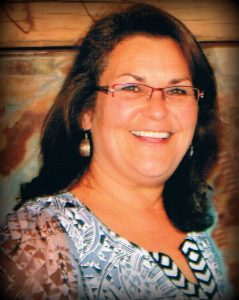

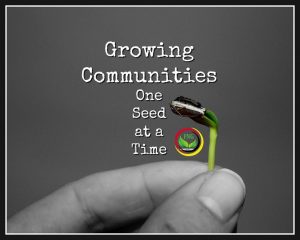
 The social conditions of Aboriginal Peoples in Canada vary greatly according to place of residence, income level, family health and daily nutrition, cultural factors and Aboriginal classification (First Nations, Métis and Inuit). Areas of particular social concern include housing, employment, education, justice, health and nutrition, and family and cultural growth.
The social conditions of Aboriginal Peoples in Canada vary greatly according to place of residence, income level, family health and daily nutrition, cultural factors and Aboriginal classification (First Nations, Métis and Inuit). Areas of particular social concern include housing, employment, education, justice, health and nutrition, and family and cultural growth.